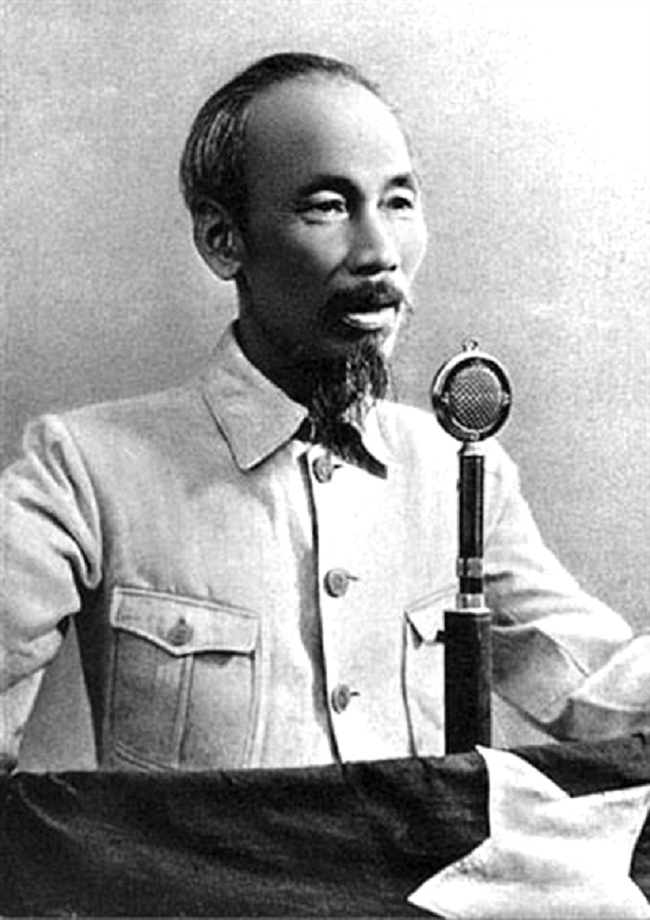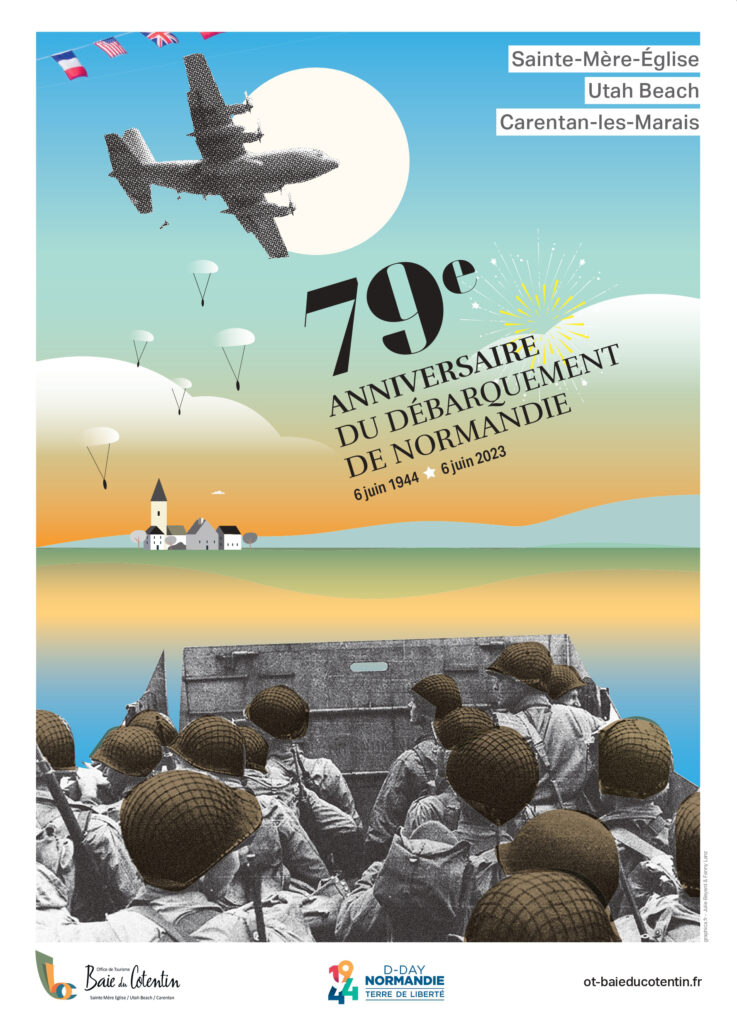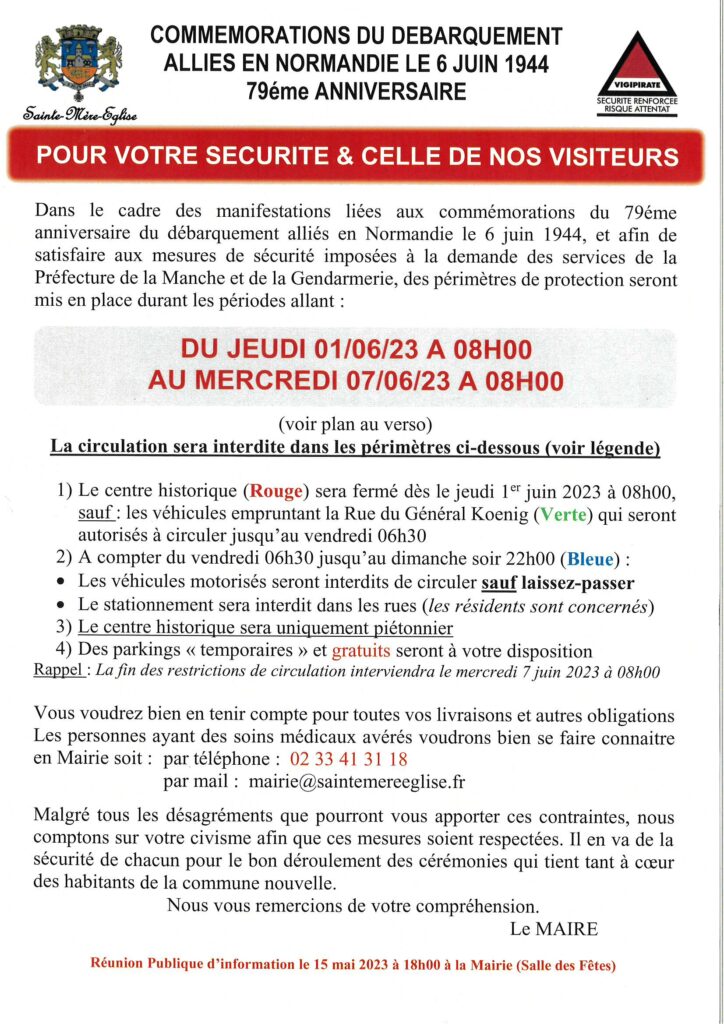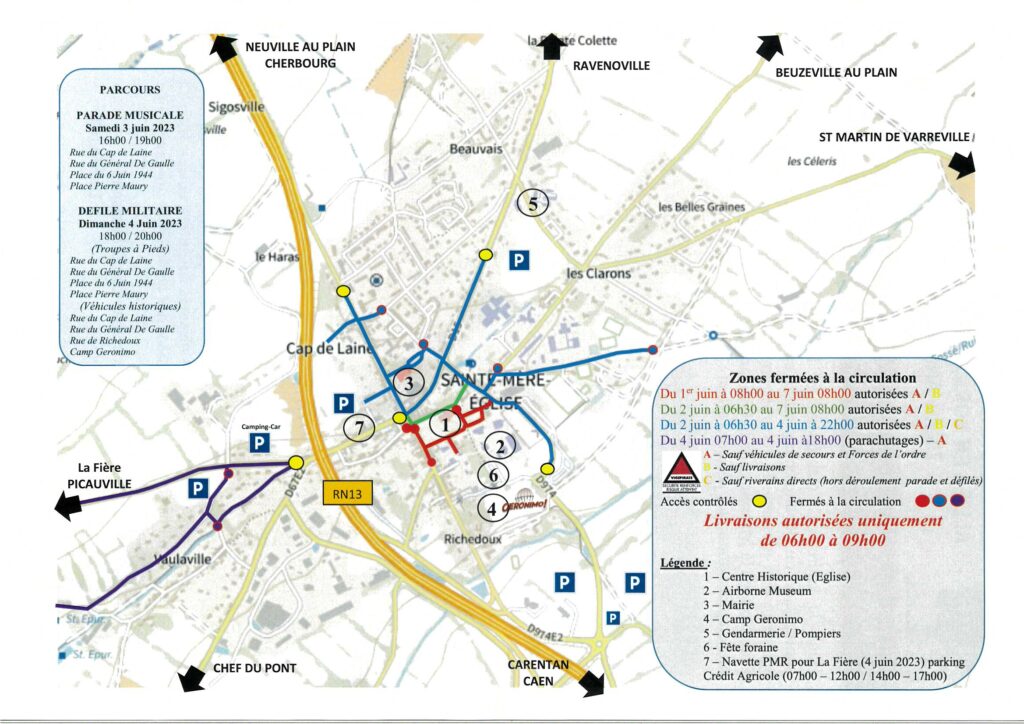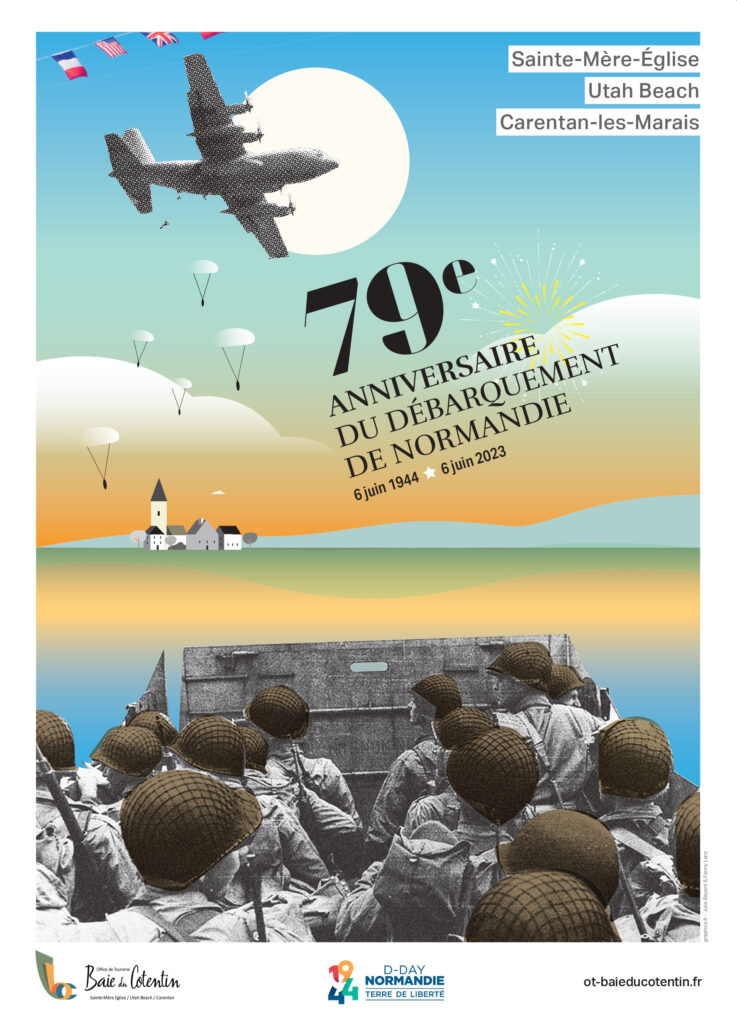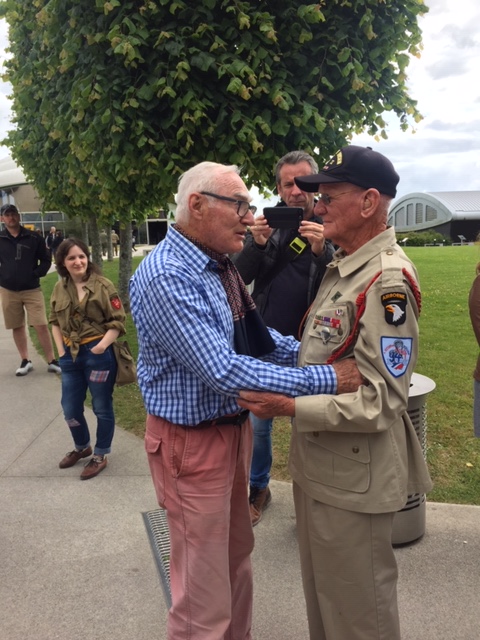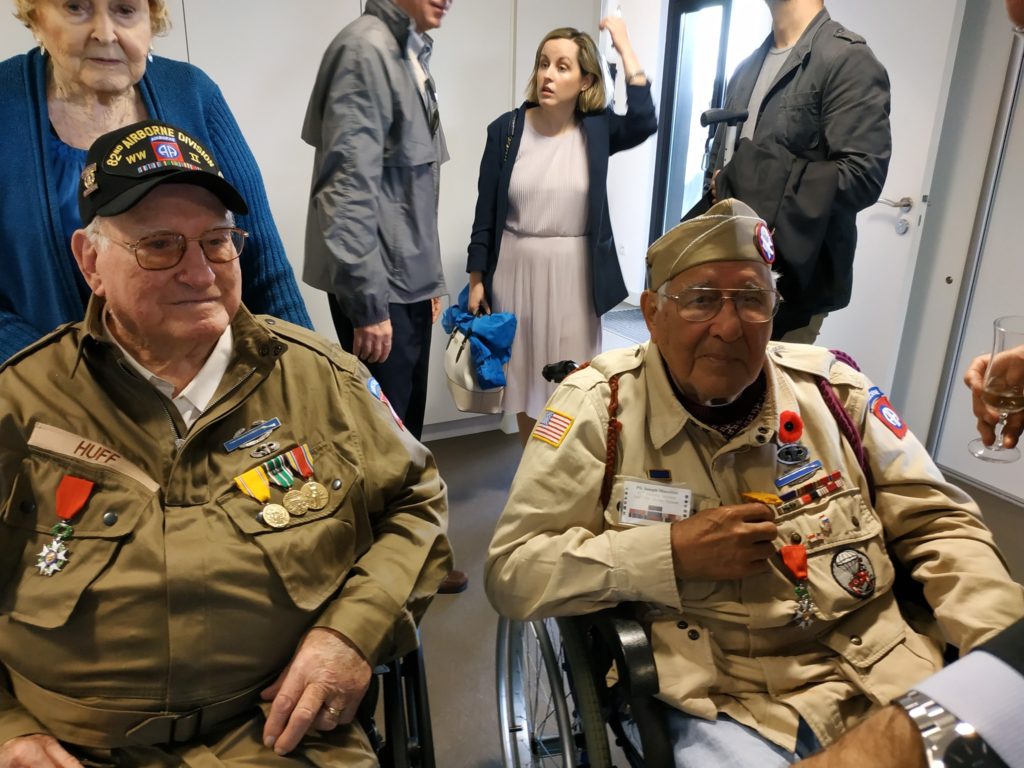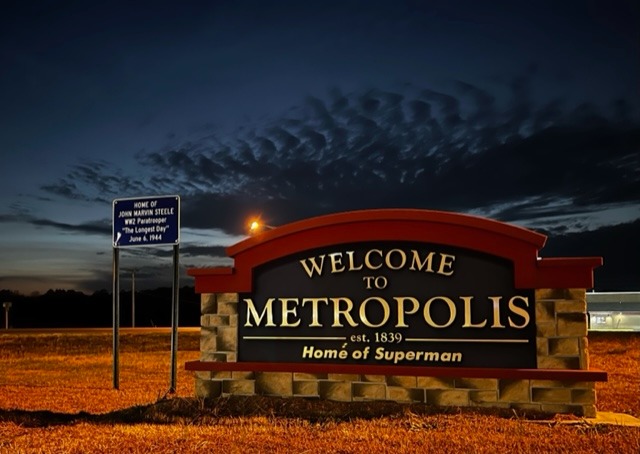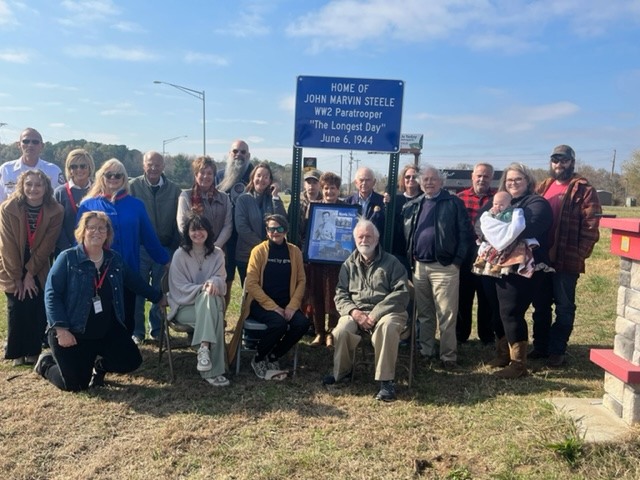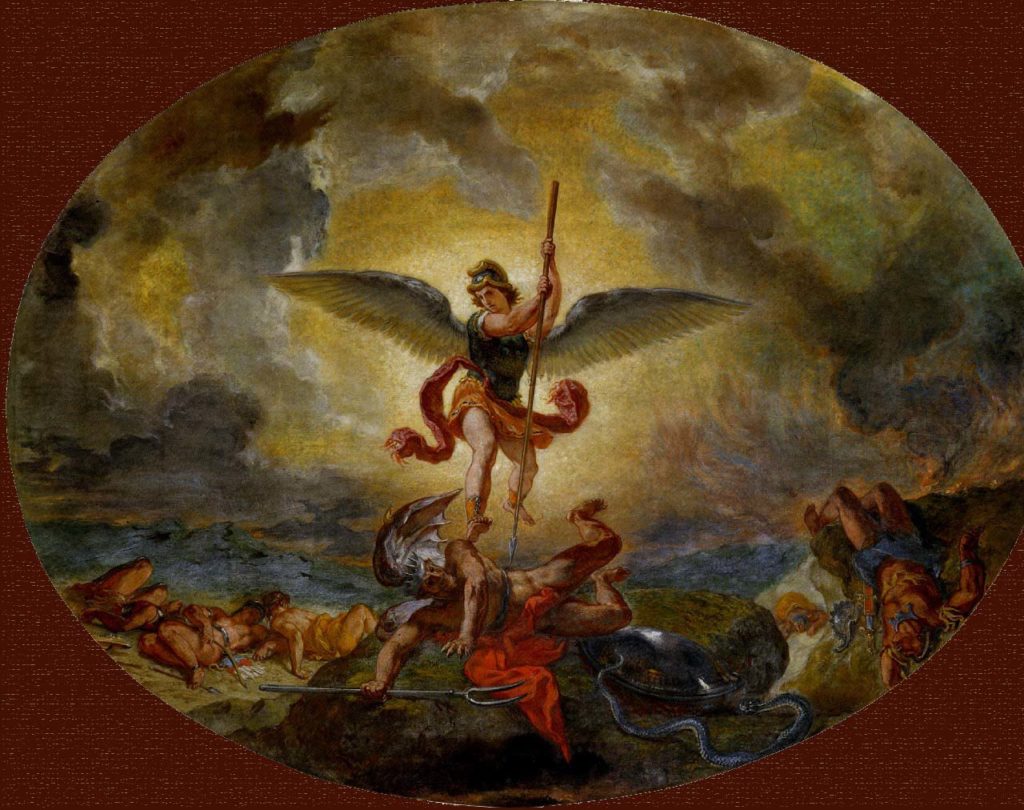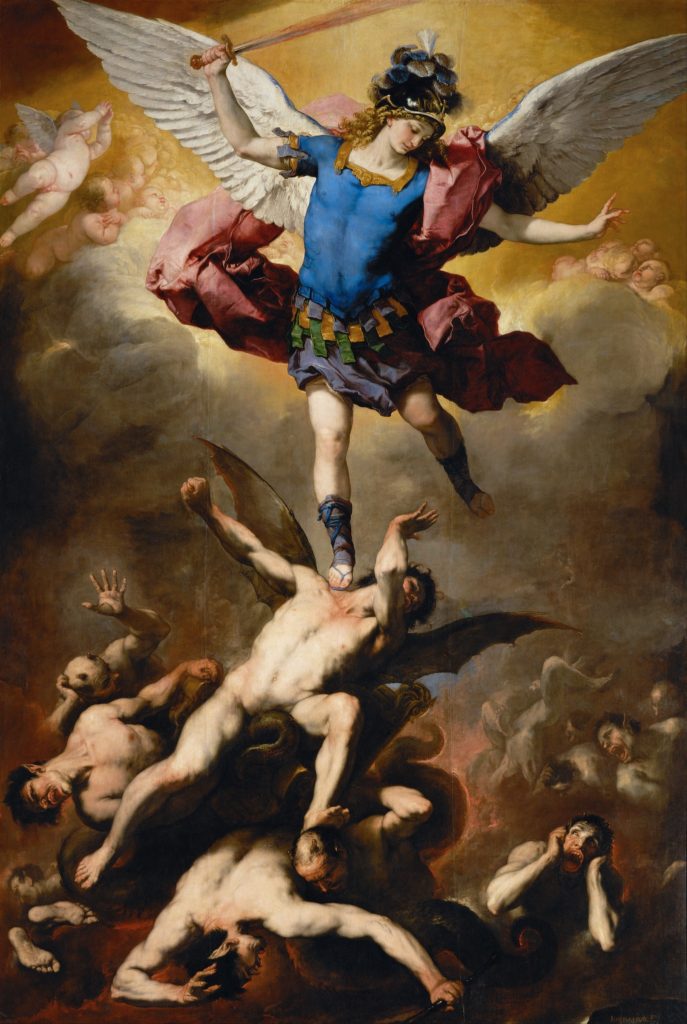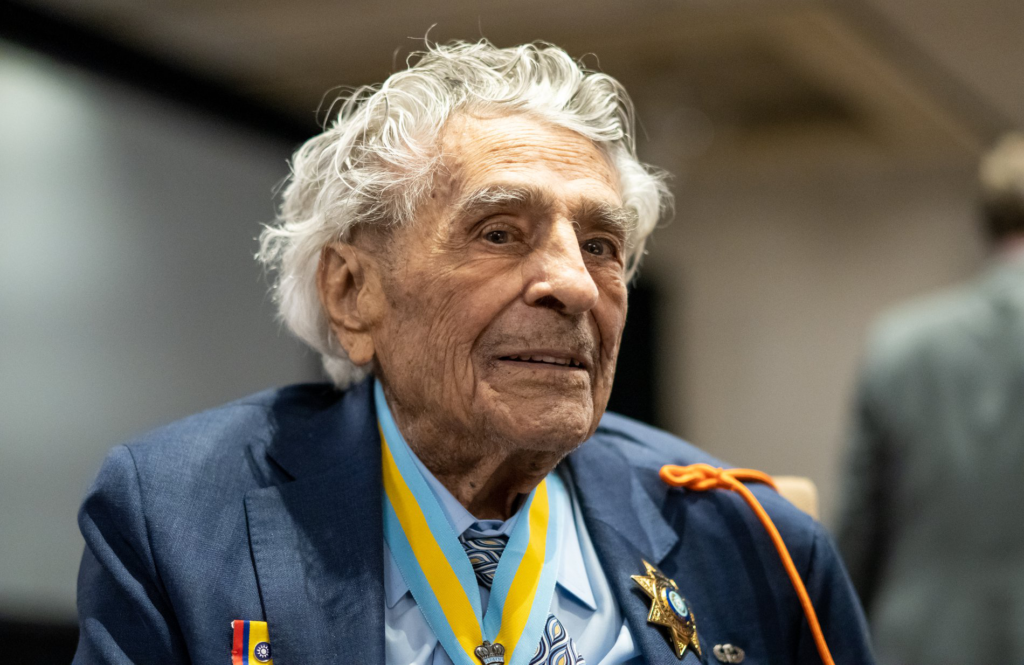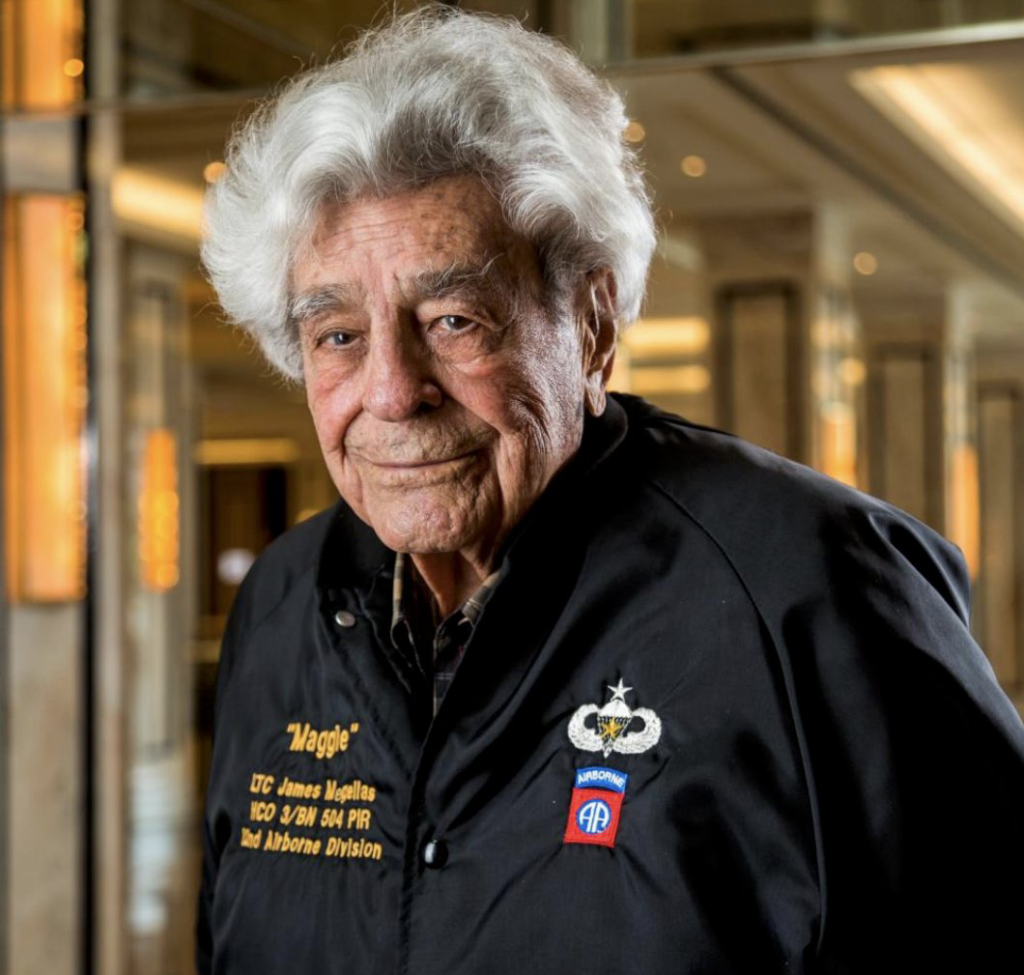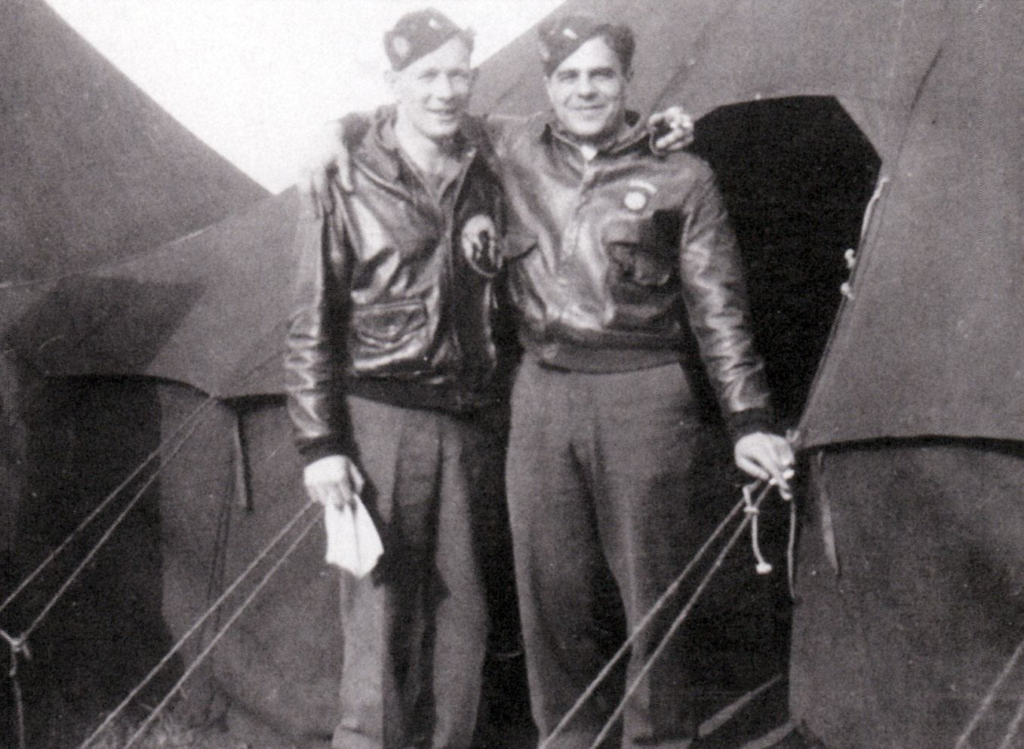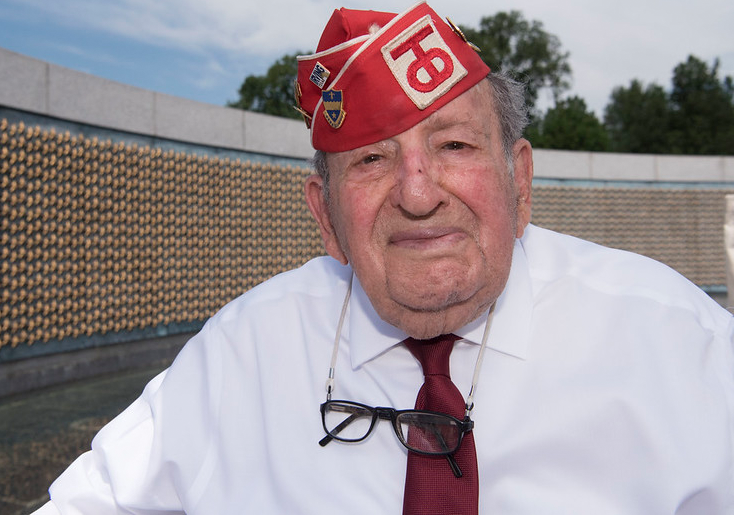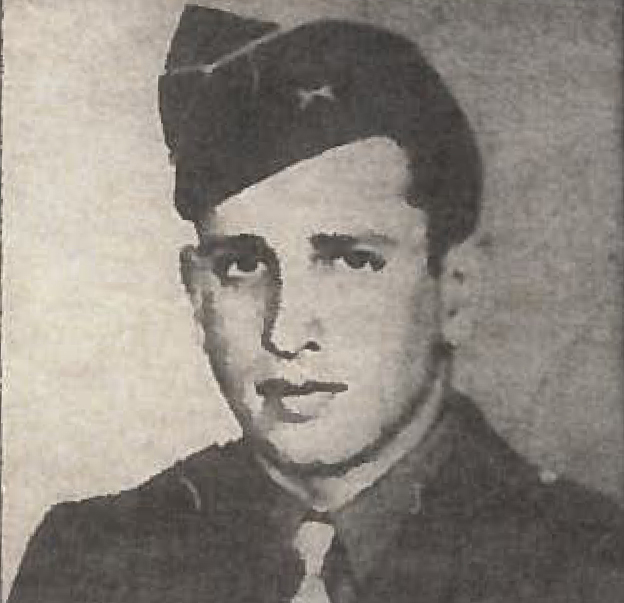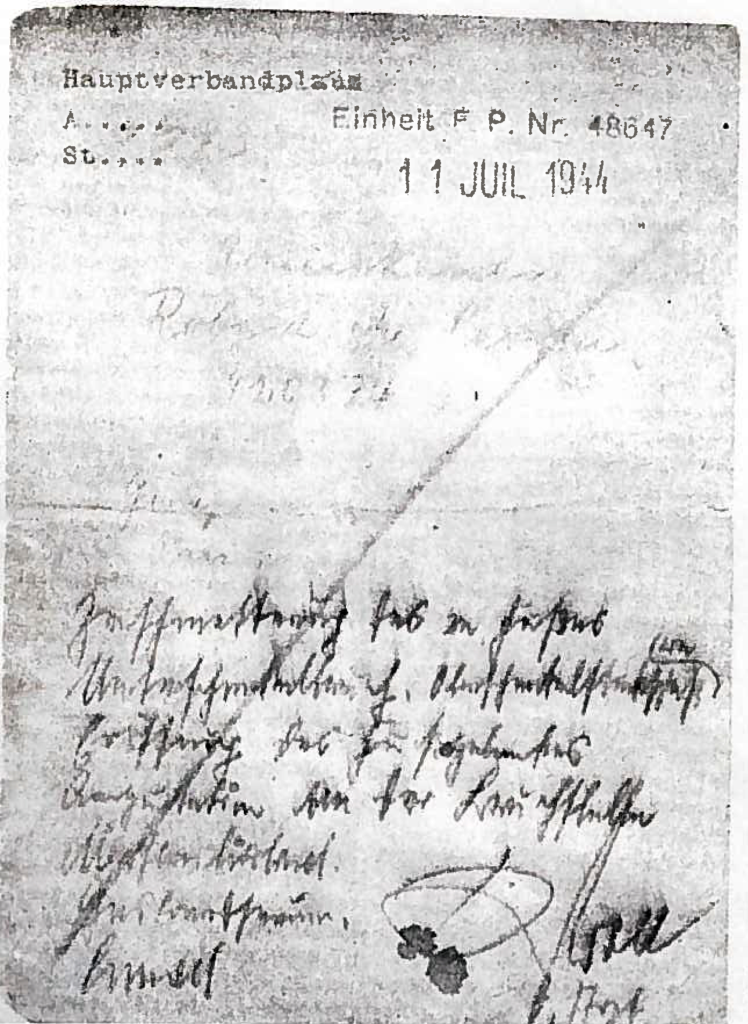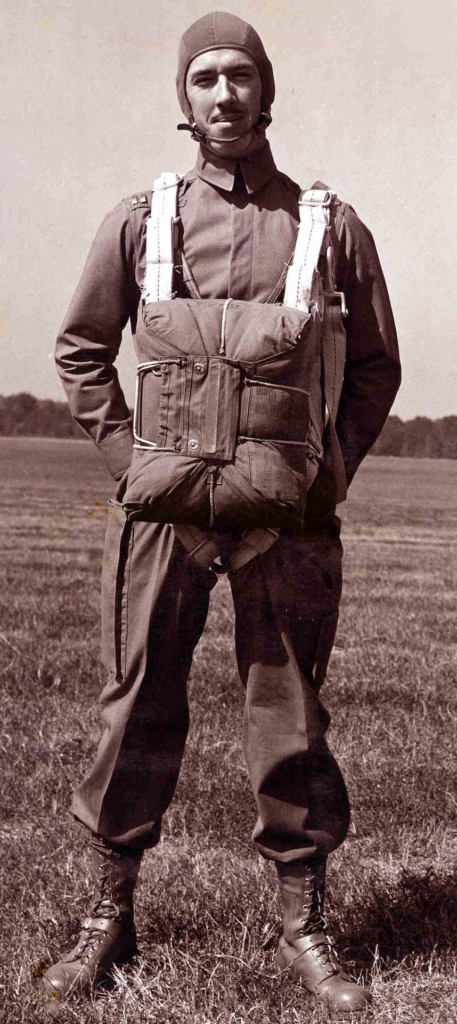The exhibition “Indochina: French Paratroopers 1944-1954”, an original creation of the Airborne Museum, is on view from April 10 until November 30, 2025. A subject little explored in World War II museums in Normandy, but which actually makes sense from a historical point of view.
Indochina as a whole has been a French colony since 1887. With the armistice of June 1940, while mainland France was occupied by Germany, Indochina was invaded by Japanese troops, who had already been in conflict with nearby China. Hô-Chi-Minh, founder of the Indochinese Communist Party in 1930, created the Viet-Minh the following year, a nationalist, anti-Japanese and anti-colonialist movement.
After several years of French occupation, resistance and guerrilla warfare, on March 9, 1945 at 8:00 p.m., the Japanese, fearing an Allied invasion, took the French forces by surprise. 40,000 civilians and soldiers were confined to camps or towns. Throughout the country, this “coup de force” led to massacres of the population.
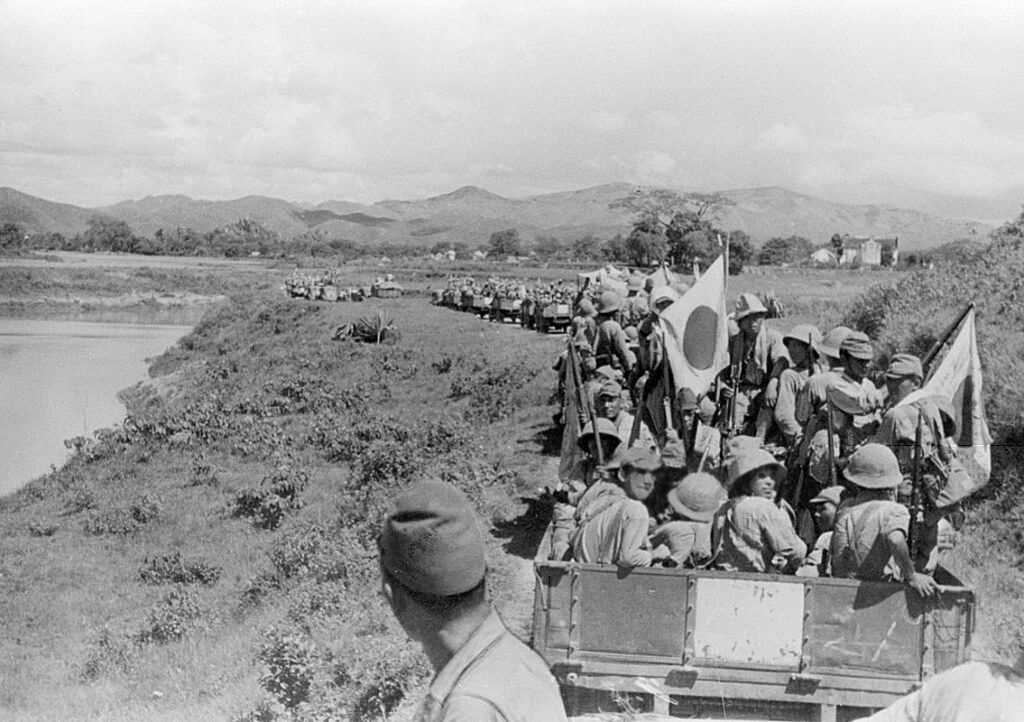
On March 11, 1945, while Japan continued its exactions, the Emperor of Annam proclaimed the end of the French protectorate treaty and the independence of his country, followed by the kings of Cambodia and Laos. This situation fosters the emergence of the Viet Minh, which forms a Liberation Committee. On August 15, 1945, the Emperor of Japan accepted the terms of surrender that put an end to the Pacific War. His agreements also stipulated that the Imperial Japanese Army would leave Indochinese territory without delay.
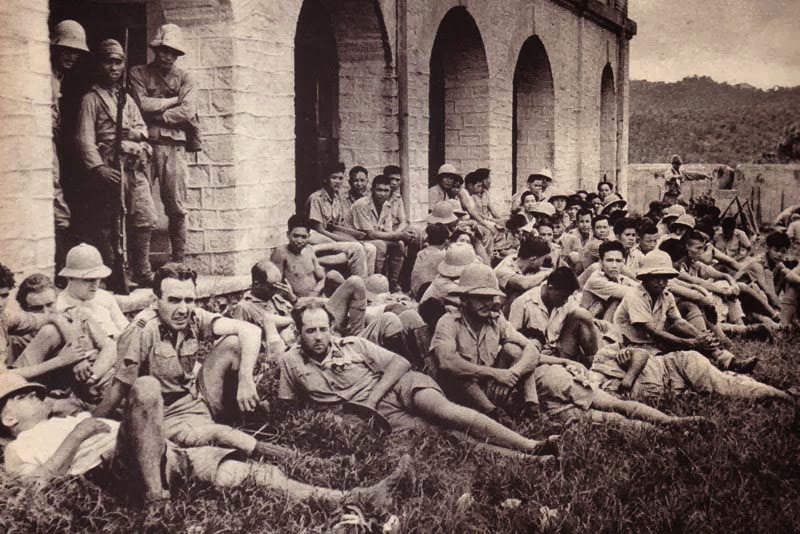
On September 2, Japan signs the act of surrender ending the Second World War. On the same day, Ho-Chi-Minh proclaimed Vietnamese independence in the presence of an American OSS officer, Major Patti, who sang the Vietnamese anthem alongside General Giap.
